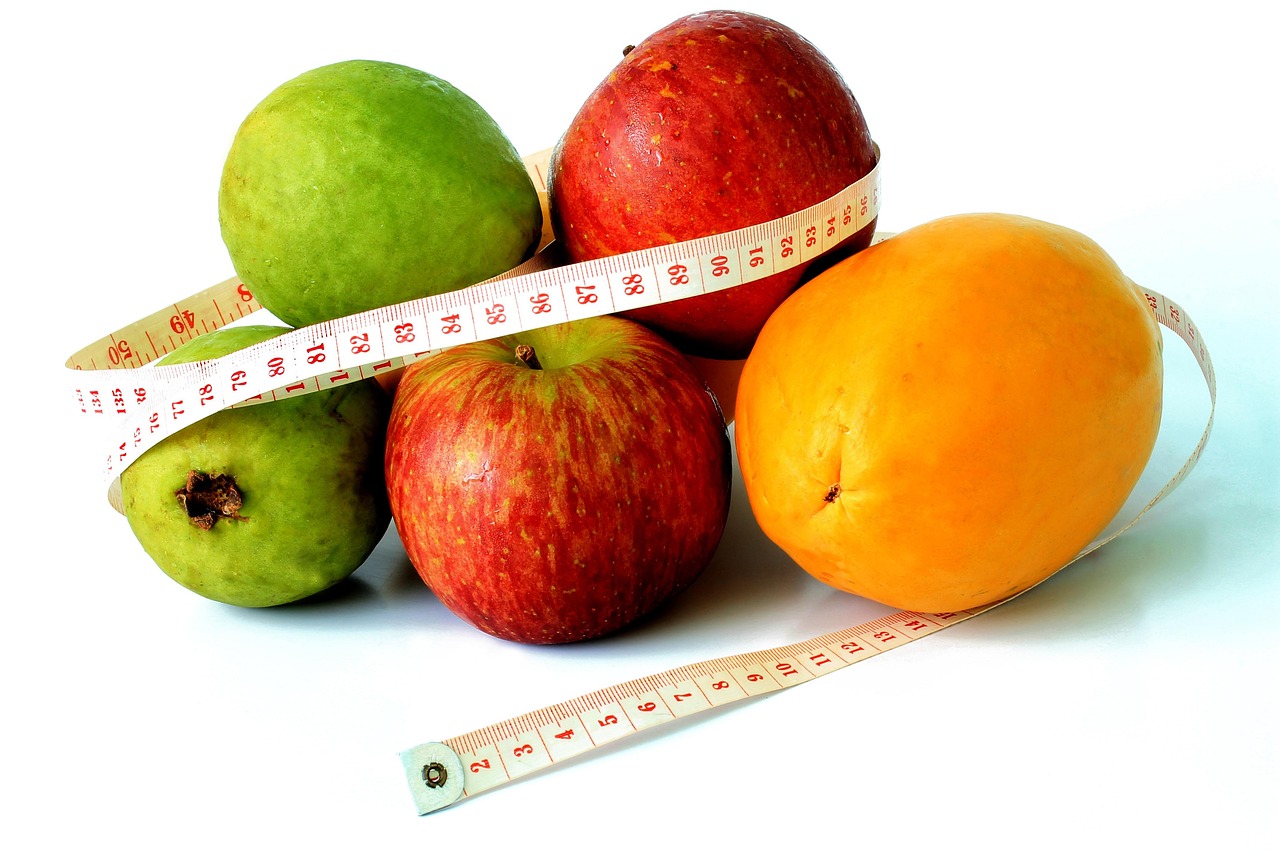PNG to WebP
PNG to WebP refers to the process of converting an image in the PNG (Portable Network Graphics) format into the WebP format. Both are popular image formats, but they have different characteristics, especially in terms of file size, image quality, and use cases.
PNG to WebP refers to the process of converting an image in the PNG (Portable Network Graphics) format into the WebP format. Both are popular image formats, but they have different characteristics, especially in terms of file size, image quality, and use cases.
What is PNG?
- PNG (Portable Network Graphics) is a lossless image format that retains all image quality without losing any detail during compression.
- Features:
- Supports transparency, making it ideal for logos, icons, and web images.
- Uses lossless compression, meaning no quality is lost, but file sizes tend to be larger compared to lossy formats like JPG.
- Best for images that require high quality, such as graphics with sharp edges or transparency.
What is WebP?
- WebP is a modern image format developed by Google that aims to provide better compression than older formats like PNG and JPG while maintaining high quality.
- Features:
- Lossy and lossless compression options.
- Supports transparency (like PNG) and animation (like GIF).
- Provides smaller file sizes compared to PNG with similar or better image quality.
- Optimized for the web, improving page load times without compromising visual quality.
Why Convert PNG to WebP?
-
Smaller File Sizes:
- WebP can provide much smaller file sizes than PNG, while maintaining similar or even better image quality. This is especially beneficial for web use, as smaller files result in faster loading times and reduced bandwidth usage.
-
Transparency Support:
- Just like PNG, WebP supports transparency. If your PNG image has transparent areas, WebP will retain that transparency in the conversion process.
-
Improved Compression:
- WebP offers better compression algorithms than PNG, meaning you can store high-quality images with less storage space.
-
Web Optimization:
- WebP is designed specifically for the web, and many modern browsers support it (like Chrome, Firefox, and Edge). It is ideal for web images, providing both high quality and smaller file sizes, which improves page load times.
Considerations for PNG to WebP Conversion
-
File Size Reduction:
- WebP typically results in smaller file sizes compared to PNG while maintaining similar or better image quality. This is particularly useful for optimizing websites or reducing storage requirements.
-
Transparency:
- PNG's transparency will be preserved in WebP format, making it a suitable alternative for images that require transparent backgrounds.
-
Lossy vs. Lossless Compression:
- WebP supports both lossy and lossless compression. Depending on the quality and file size requirements, you can choose between the two compression types when converting.
-
Browser Compatibility:
- While WebP is supported by most modern browsers, older browsers may not support it. In such cases, fallback images (e.g., PNG or JPG) may be required.
Would you like help with a specific PNG to WebP conversion, or do you need more details on the benefits of using WebP for web optimization?













